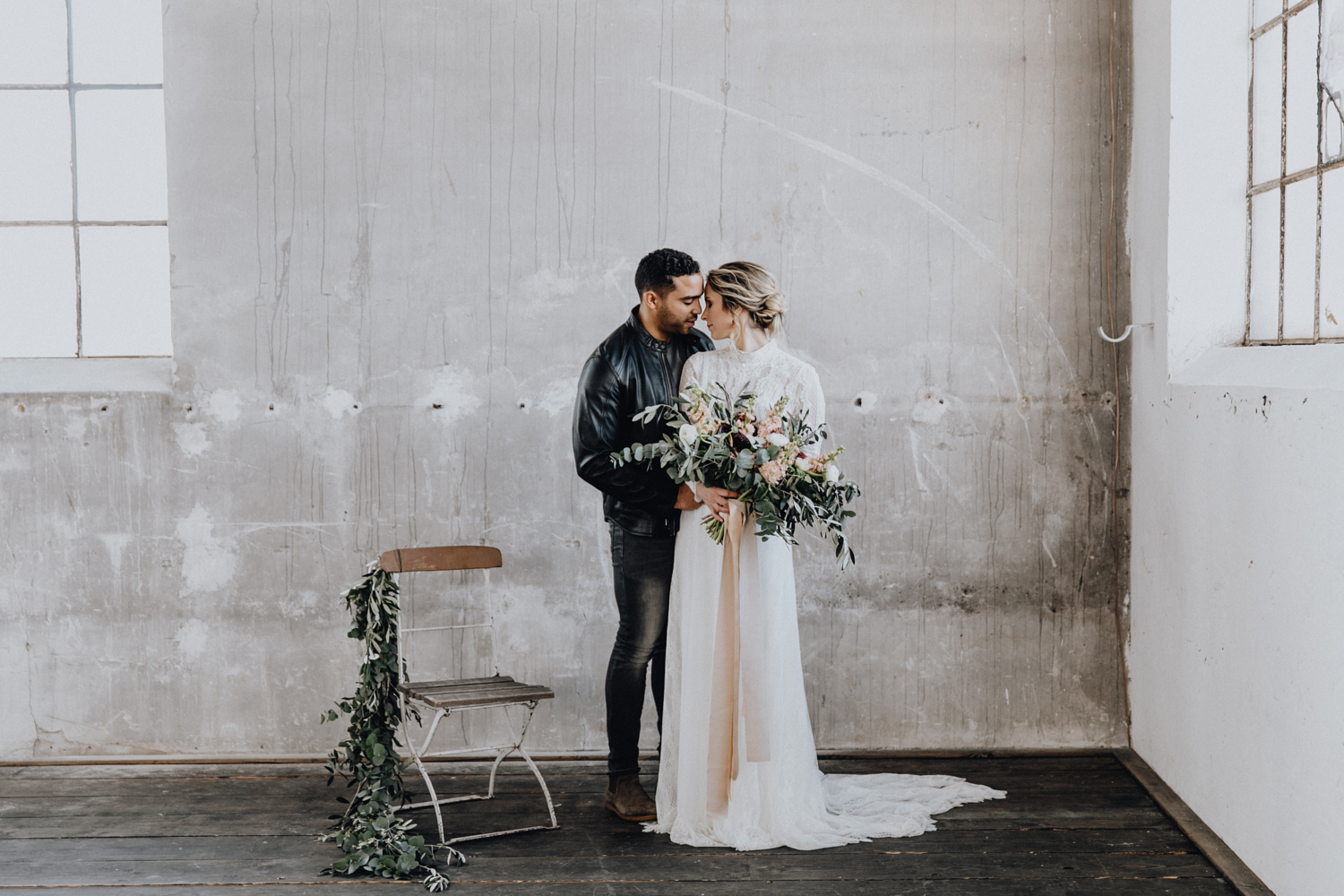Sub-Heading: Introduction to Mastering Product Photography
In today’s competitive market, high-quality product photography is essential for businesses to stand out and attract customers. Mastering the art of product photography requires a combination of technical skills, creativity, and attention to detail. In this article, we’ll explore essential tips and techniques for creating stunning product images that captivate viewers and drive sales.
Sub-Heading: Understanding Your Product
Before diving into photography, it’s crucial to understand the product you’re photographing. Take the time to study its features, unique selling points, and target audience. This understanding will guide your photography decisions and help you highlight the product’s strengths in your images.
Sub-Heading: Setting the Stage: Backgrounds and Props
The background and props you choose can greatly impact the overall look of your product photos. Opt for backgrounds that complement the product and enhance its visual appeal. Use props strategically to add context or convey a lifestyle associated with the product. Experiment with different backgrounds and props to find what works best for each product.
Sub-Heading: Lighting Techniques for Product Photography
Lighting plays a crucial role in product photography. Experiment with natural light, artificial light sources, and diffusers to achieve the desired lighting effects. Use soft, diffused lighting to minimize harsh shadows and highlight the product’s details. Pay attention to the direction and intensity of light to create depth and dimension in your photos.
Sub-Heading: Composition and Framing
Composition is key to creating visually appealing product photos. Use the rule of thirds, leading lines, and symmetry to create balanced and engaging compositions. Experiment with different angles and perspectives to showcase the product from multiple viewpoints. Pay attention to framing to draw attention to the product and create visual interest.
Sub-Heading: Product Styling and Presentation
How you style and present the product in your photos can make a significant difference. Ensure the product is clean, free of distractions, and well-arranged. Pay attention to details such as product orientation, arrangement of accessories, and overall aesthetics. Use styling techniques to create a cohesive and visually appealing image.
Sub-Heading: Camera Settings and Equipment
Understanding your camera settings and using the right equipment is essential for capturing high-quality product photos. Use a tripod to stabilize your camera and reduce blur. Experiment with aperture, shutter speed, and ISO to achieve the desired depth of field and exposure. Use a macro lens for close-up shots to capture intricate details.
Sub-Heading: Post-Processing and Editing
Post-processing and editing can enhance the overall look of your product photos. Use editing software like Adobe Photoshop or Lightroom to adjust exposure, color balance, sharpness, and contrast. Remove any distractions or imperfections to create polished and professional-looking images. However, avoid over-editing, as it can make the photos look unnatural.
Sub-Heading: Consistency and Branding
Maintaining consistency in your product photography is important for establishing a cohesive brand identity. Use consistent lighting, backgrounds, and styling across all product photos to create a unified look. Ensure that your product photos align with your brand’s aesthetics, values, and target audience.
Sub-Heading: Feedback and Iteration
Seek feedback from peers, colleagues, or customers to improve your product photography. Use constructive criticism to identify areas for improvement and iterate on your techniques. Continuously experiment, learn, and refine your skills to create even more stunning product images over time.
Sub-Heading: Conclusion
Mastering product photography is a journey that requires dedication, creativity, and continuous learning. By understanding your product, setting the stage effectively, mastering lighting techniques, focusing on composition and framing, styling and presenting the product thoughtfully, using the right camera settings and equipment, applying post-processing and editing judiciously, maintaining consistency and branding, seeking feedback, and iterating on your techniques, you can create stunning product images that capture attention, showcase your products in the best light, and drive success for your business. Read more about taking good product photos





